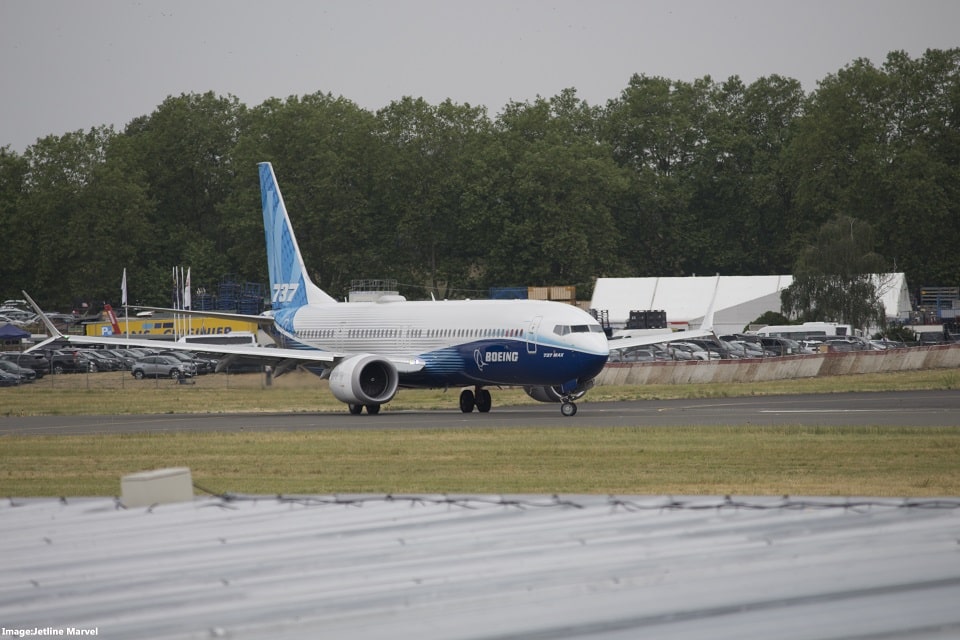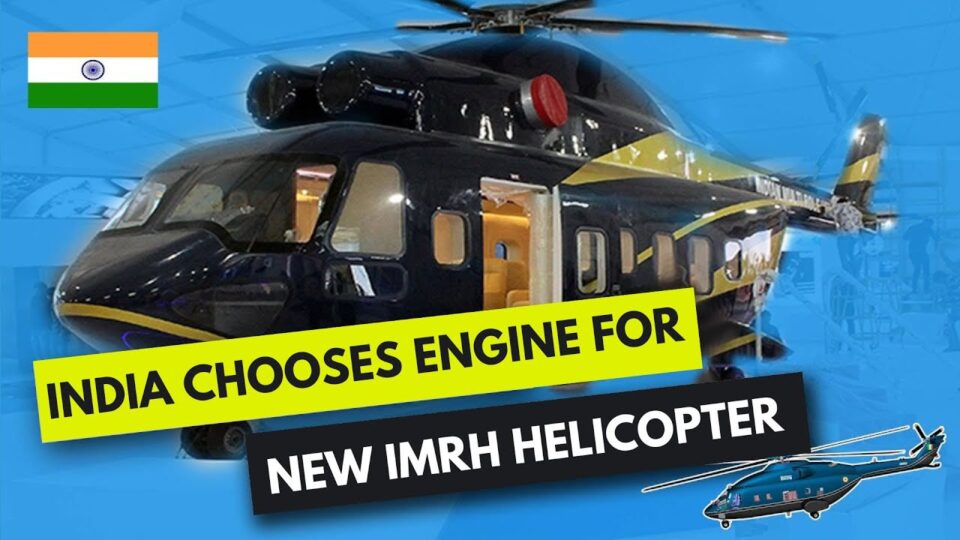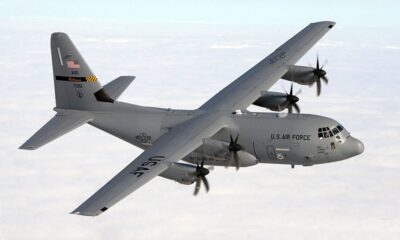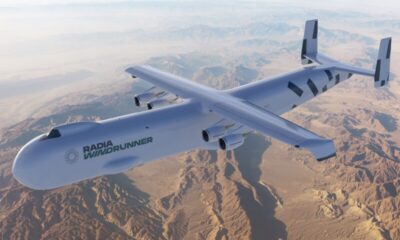Aviation
Boeing to Redesign 737 MAX Door-Plugs to Prevent Future Incidents

In a significant response to a recent safety crisis, Boeing has announced plans to redesign the door-plug mechanism on its 737 MAX aircraft.
This move comes in the wake of a troubling incident involving an Alaska Airlines 737 MAX 9, which experienced a mid-air cabin panel blowout in January. The incident has been a major blow to Boeing, marking its second significant crisis in recent years and prompting a rigorous investigation by the US National Transportation Safety Board (NTSB).
During a detailed hearing on Tuesday, Boeing outlined its strategy to address the safety concerns that led to the January accident. The company revealed that its engineers are working on modifications to the door-plug design to ensure it can only be closed when it is securely fastened.
Airbus A321 Neo is attracting more interest than the B737-10 Max:Click here
The NTSB’s investigation identified a critical failure in the door-plug installation on the Alaska Airlines flight, noting that it had not been properly reinserted and was missing essential bolts. Specifically, the door plug was found to be missing four key bolts that are crucial for its secure placement.
The hearing, which was held by the NTSB, focused extensively on Boeing’s safety and manufacturing practices, as well as those of its supplier, Spirit AeroSystems Inc. Boeing faced tough scrutiny over the production processes of the accident aircraft and the absence of documentation concerning the removal of the door plug.
The NTSB Chair, Jennifer Homendy, sharply criticized Boeing’s safety culture, questioning why such improvements had not been made earlier and stressing the need for significant changes. “The safety culture needs a lot of work,” Homendy stated, underscoring the urgency of the situation.
Aircraft comparisons between the Chinese-built C919 and the B737 max 8:Click here
In response to these concerns, Boeing has committed to implementing the new door-plug design on all newly manufactured 737 MAX jets. Additionally, the company plans to offer retrofits for existing 737 MAX aircraft currently in service, ensuring that the safety enhancements are applied across the fleet.
The goal is to understand the full extent of the safety lapses and to prevent similar occurrences in the future. Boeing’s redesign of the door-plug mechanism is a critical step in addressing these safety issues and restoring confidence in its aircraft.

Aviation
India Launches Its Medium-Lift Class Helicopter Program, chooses New Engine

India’s longstanding need for a Medium Helicopter may soon become a reality as the country has fully ramped up its engine development efforts. This new helicopter is set to replace the Russian-built models currently in service and will play a crucial role across various scenarios for the Indian Armed Forces.
Hindustan Aeronautics Limited (HAL) and SAFHAL Helicopter Engines Pvt. Ltd. (SAFHAL) have launched a groundbreaking partnership to develop a state-of-the-art high-power engine named Aravalli.
This new engine will power the upcoming 13-ton Medium Lift Helicopter (IMRH) and the Deck-Based Multi-Role Helicopter (DBMRH), both of which are being designed and developed by HAL.
Named after the majestic Aravalli mountain range in India, the Aravalli engine symbolizes the country’s drive for self-reliance, or Aatmanirbharta, in critical engine technologies. This cutting-edge engine will be instrumental for the IMRH, a versatile 13-ton multi-role helicopter designed to meet the needs of the Indian armed forces, and the DBMRH, a 12.5-ton naval variant tailored for the Indian Navy.
The IMRH is poised to become a cornerstone of the Indian armed forces over the next decade. With its first flight expected in 3 to 4 years, the IMRH is anticipated to begin induction by 2030, with plans to integrate between 300 to 400 units, and potentially more in the future.
The IMRH is envisioned as a highly versatile multi-role helicopter that will enhance the operational capabilities of the Indian military. The DBMRH, designed for naval operations, will also face the challenges of high-altitude environments in regions such as Ladakh, Sikkim, and Arunachal Pradesh—areas of strategic importance due to their proximity to the China border.
In addition to its military applications, the Aravalli engine is projected to enter the civil market, serving roles in offshore operations, utility services, and VVIP transport. The long-term vision includes Maintenance, Repair, and Overhaul (MRO) activities to further extend the engine’s utility and support the aviation industry.
This collaboration between HAL and SAFHAL builds on their successful history of working together on the Shakti engine, which powers several HAL helicopters, including the Advanced Light Helicopter Dhruv, the Light Combat Helicopter Prachand, and the Light Utility Helicopter. The proven success of this partnership lays a strong foundation for the development of the Aravalli engine, setting the stage for a new era in India’s helicopter capabilities.
-

 Travel2 months ago
Travel2 months agoAir India to Expand US Operations with Three New Routes After a Decade
-

 Aviation3 weeks ago
Aviation3 weeks agoNew EU Carry-On Rules Begin September 2024: What to Expect
-

 Aviation1 week ago
Aviation1 week agoBoeing confirms 797: A New Era for Mid-Size Aircraft
-

 Airlines2 months ago
Airlines2 months agoAir India Rolls Out A350s for Delhi-New York JFK and Newark Routes
-

 Travel2 months ago
Travel2 months agoWhy We Should Avoid These Stamps in a Passport
-

 Aviation1 week ago
Aviation1 week agoLockheed and Tata Team Up to Build C-130J MRO Facility in India
-

 Aviation1 month ago
Aviation1 month agoMeet WindRunner: The World’s Heaviest and Largest Aircraft Ever Built
-

 Airport2 months ago
Airport2 months agoTop 10 Largest Airports in the World by Size







